We always say the latest camera is “the best and the hottest” and other such hyperboles. From what I’ve seen so far (been playing with it for awhile and more to come on that…) the newly announced Canon 5D MkIV may be one of the very best all around cameras ever made.
When you consider performance vs weight and size and the PACKED features such as HDR video and stills, excellent low light performance, dual pixel (think Lytro and focusing in post or adjusting bokeh slightly), 4K video (with effectively super 35mm crop so you can use cine lenses…), amazing AF with 61 sensors and works with face detection and touch screen both in stills and video, anti flicker for video, very smooth ramping of focus and exposure in video in auto modes.
It’s definitely the best combination of Still + Video camera I’ve used to date.
GPS, WIFI (can link multiple cameras to identical atomic clock), NFC, wonderful touchscreen that accesses pretty much every single feature with a tap of a finger, easy connection to smartphones from camera, and yes! Even a built in intervalometer 😉
Basically: pretty much everything you’d want in a body that size and for this market and the perfect BALANCE if you will of megapixels and low light performance as well… The Canon 5Ds was my default go to still camera … Now it’s going to be a tough call as this camera definitely adds 1-2 stops (haven’t done scientific testing but have shot side by side and its visibly improved to the naked eye) in low light and sees much more into the shadows when side by side. By nature higher MP and density sensors will always perform slightly less than lower MP sensors as the individual pixels are smaller and capture less light – pretty much a hard and fast rule across the board.
I love my 50MP cameras … But my computers still have a hard time churning on all of that data… 30 MP is kinda perfect for most out there!
As mentioned low light is impressive on this camera. The Canon 1DX MKII is a BEAST but overkill for most non-sports/nature/extreme photogs in terms of weight and size and I prefer a 30MP body personally.
All of these news sensors from Canon are crazy, crazy sharp and have a superbly impressive resolving power in stills! A pleasure to look at in LR on Apple Retina displays …
The Dynamic Range is just silly. This camera also has an impressive HDR mode (both still + video) as well as multi exposure HDR with automatic alignment of multi-exposures built in (so you can do multi exposure HDR handheld.)
You can apply looks (and change existing after you shoot then), crops and reprocess images IN camera and rate images on the back with a RATE button or easily by using the touch screen and you can pinch to zoom and flick left or right like on your smartphones … GPS will log your paths and moves and of course embed in EXIF.
You can also customize the display of information in your viewfinders, pretty much every button although I’m guessing you’ll find yourself using mostly the touch screen from now on … And has a sleek option to turn on a grid in the prism/viewfinder as well as a leveler for roll and tilt. This camera is also impressively weather-sealed and uses the same LP-E6 batteries (yay!) we’ve all been using for years.
There are actually so many functions that the manual is 600 pages and yes, I had to read it to figure out what all these bells and whistles do!
My how far we’ve come since the initial 5D & for many of us the 5DMKII!
The size and weight of this camera and 30 MP will find its way to be the perfect companion to many out there! It lives just perfectly between the 1DX MKII and 5DS/R … A little BEAST!
Check out the new Canon 5D MkIV at B&H for more price info and to pre-order information.

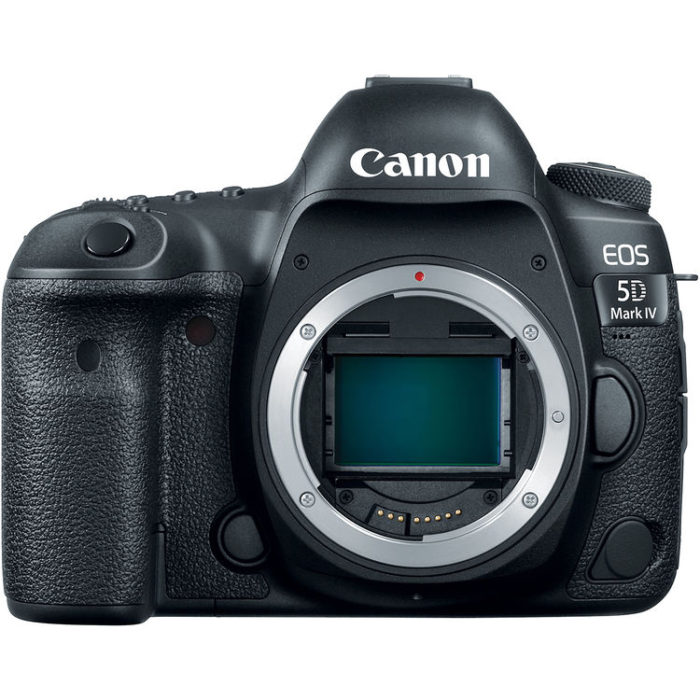
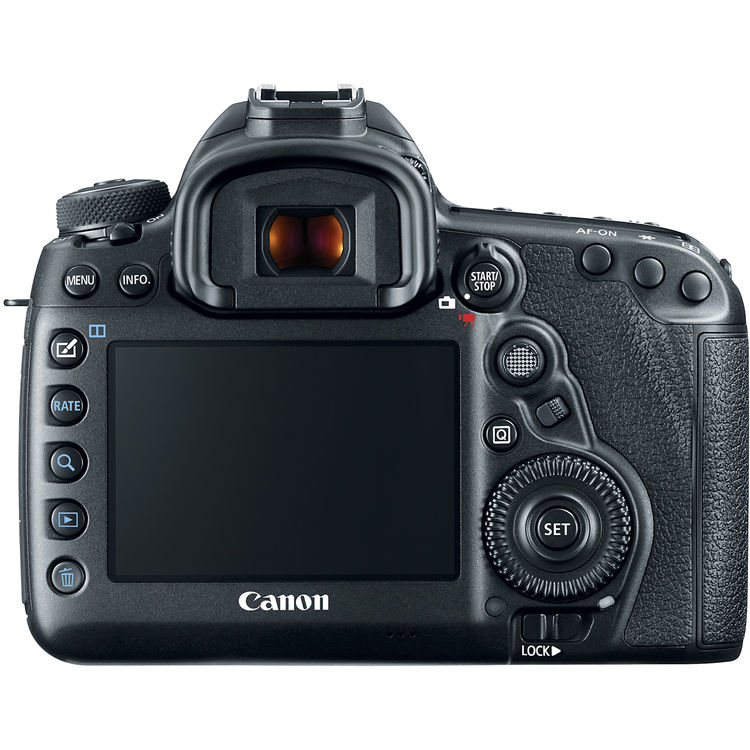
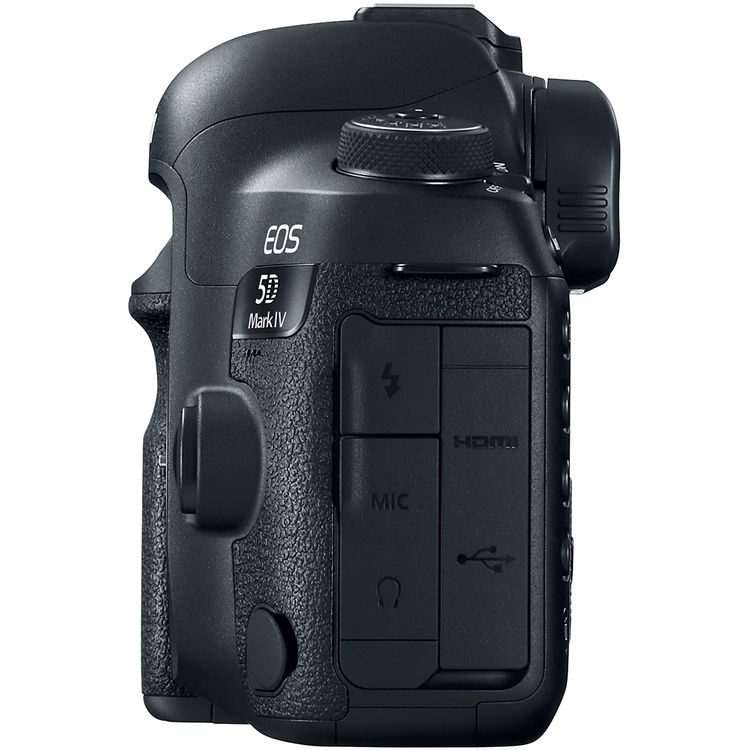
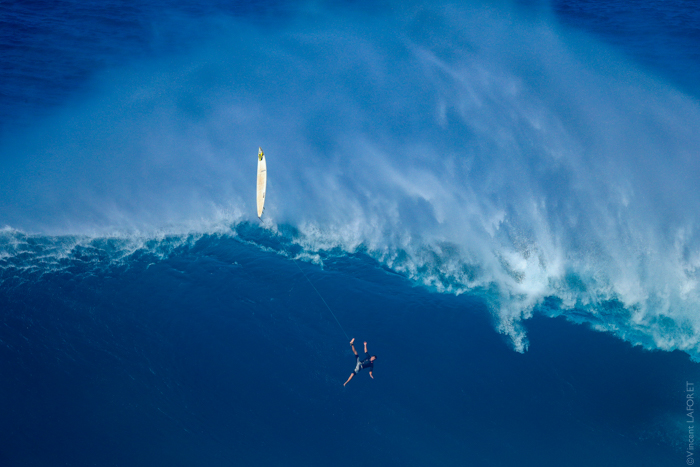

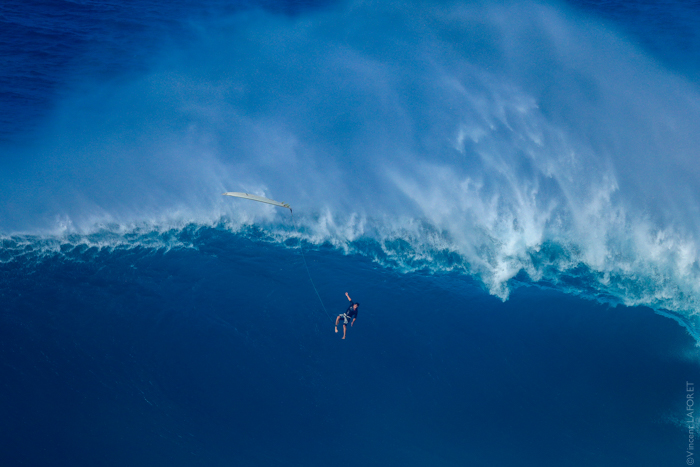
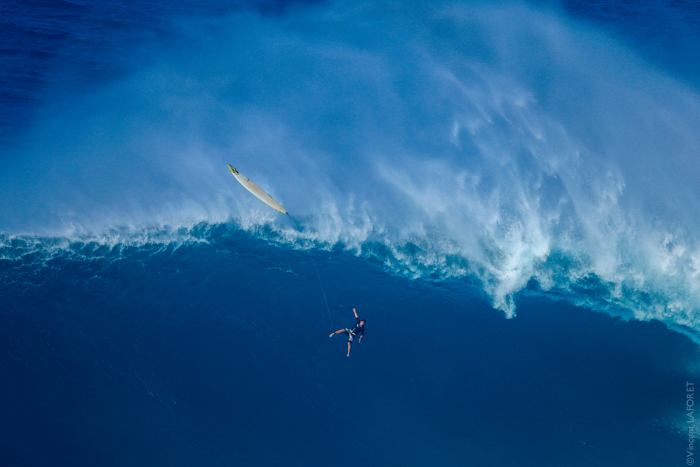
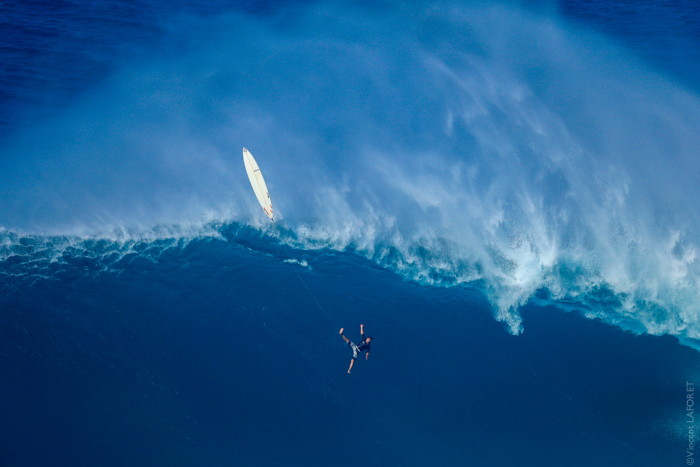
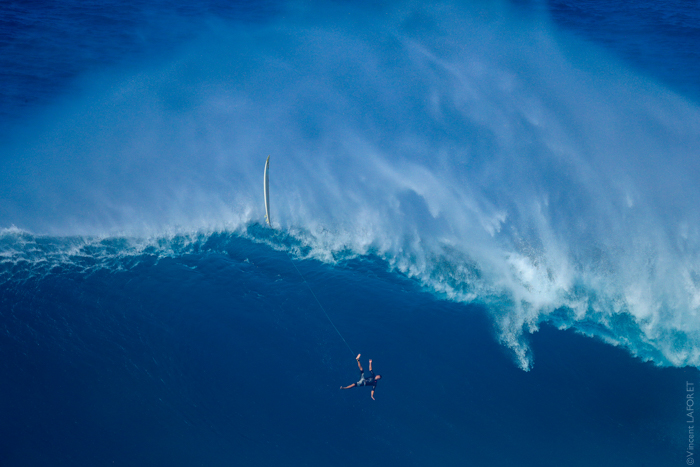

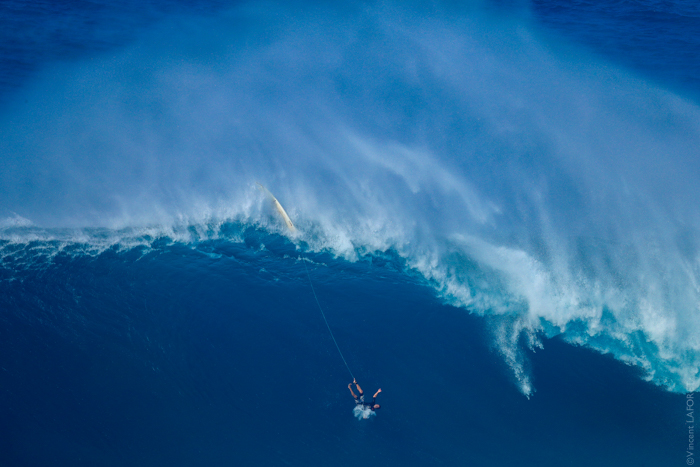
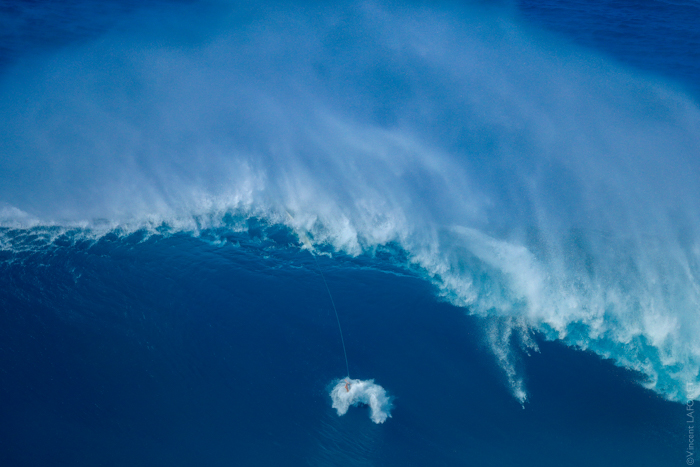
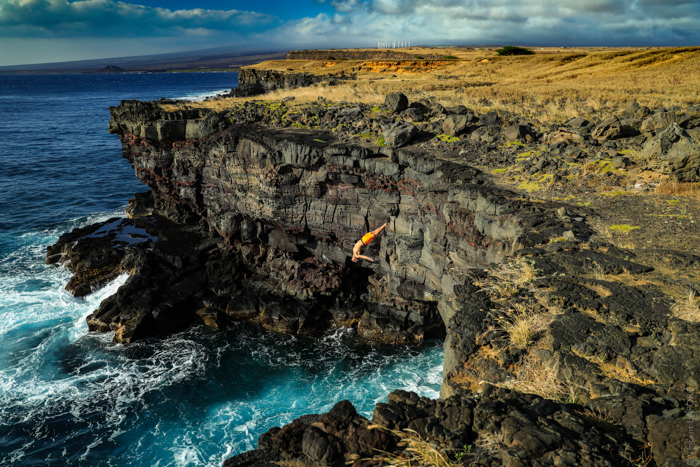
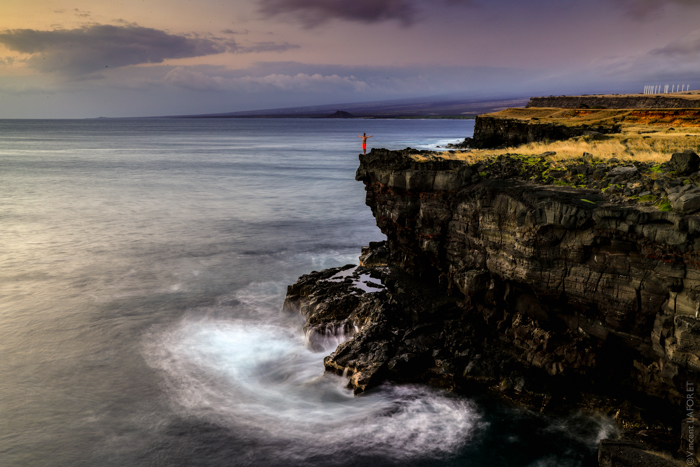
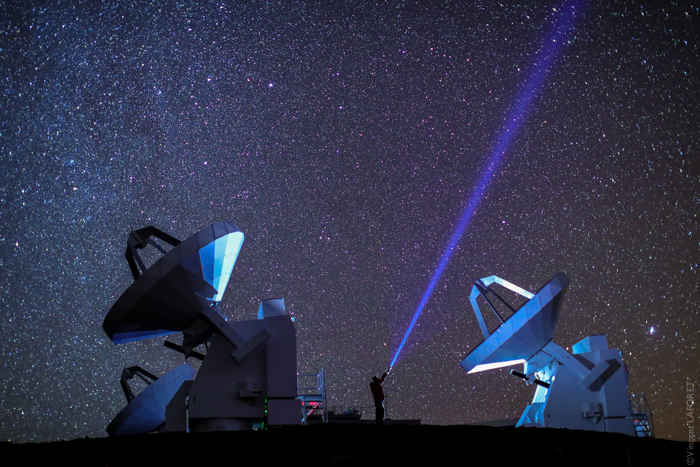
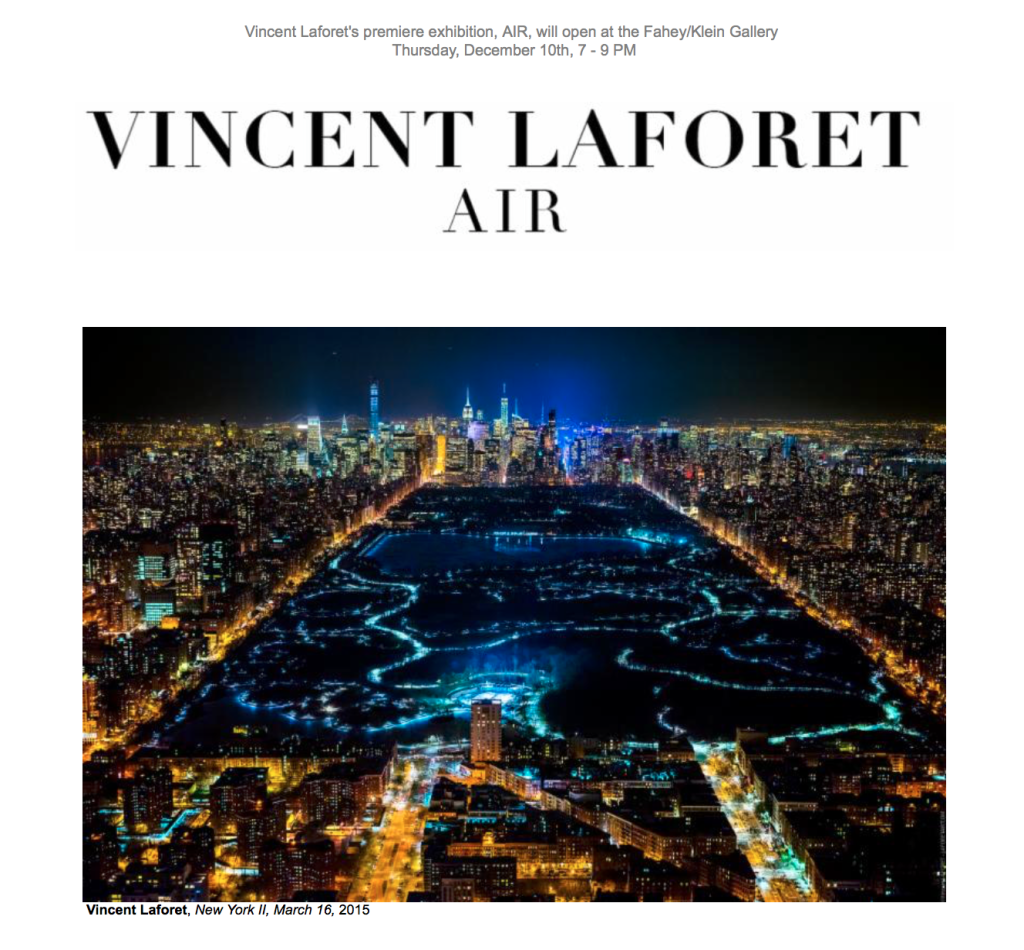
 This has been and continues to be a HUGE few days for me and for
This has been and continues to be a HUGE few days for me and for 












